I've noticed that on some PCBs, there are some undulating tracks.
An example can be seen on the Compute Module IO for Raspberry Pi Compute Module 4 (CM4).
Apparently, these are high frequency tracks.
What is the function of these ripples? How do I calculate these ripples for the design of my boards containing high frequency communications?
I would like to know more about it, so I can research it.
I am developing a board containing the CM4. So maybe I have to use that kind of trail.
Thank you
Edit:
As I understand it, the main function of corrugation is to make all tracks with a certain function have the same length.
We must add the corrugation where the problem starts. If we don't, the differential impedance designed for the board fails.
